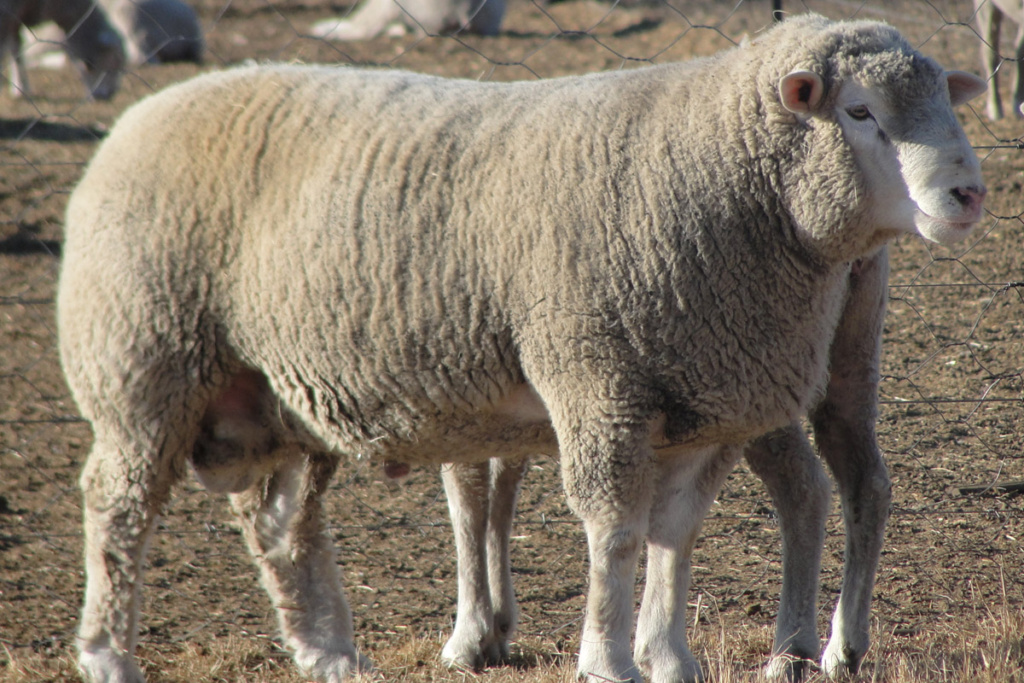
Origin:
The Île de France breed originates from the Île-de-France region of France.
Physical Characteristics:
The sheep of this breed are of medium to large size. They are usually white in color. Their body structure is meaty and compact, with broad and smooth heads.
Meat Quality:
Île de France sheep have high meat quality. Due to their good muscle structure and meat yield, they are preferred for meat production.
Milk Yield:
While the primary focus is on meat production, Île de France sheep have an acceptable level of milk yield as well.
Fertility and Lambing:
Sheep of this breed have high fertility. They generally give birth to single lambs and are known to be good mothers.
Adaptation Ability:
Île de France sheep can adapt well to different climates and environmental conditions.
Feeding and Care:
Balanced nutrition and regular care are necessary for healthy growth.
Genetic Importance:
Due to their high meat quality and fertility abilities, the Île de France breed holds genetic significance.
Lifespan:
Under proper care, Île de France sheep typically live between 7 to 10 years.
Usage Areas:
The primary use of this breed is meat production. However, milk and wool yield can also be considered.
Technical Data:
- Body Weight: 70-90 kg (Female), 100-130 kg (Male)
- Wool Yield: Medium level, meat production is generally prioritized
- Fertility: Generally gives birth to a single lamb
- Meat Yield: High
The Île de France sheep breed is important for its meat quality and fertility abilities. It is utilized for both meat and milk production purposes.
